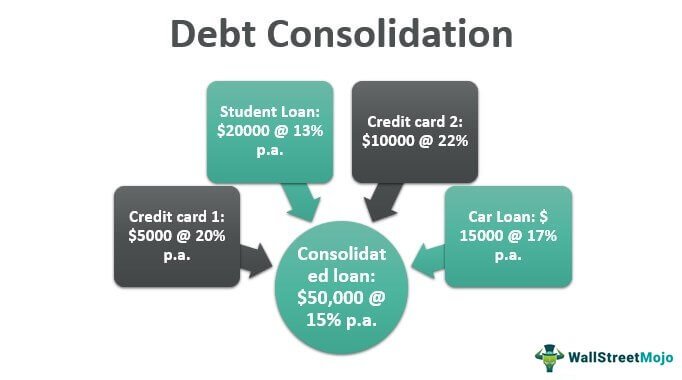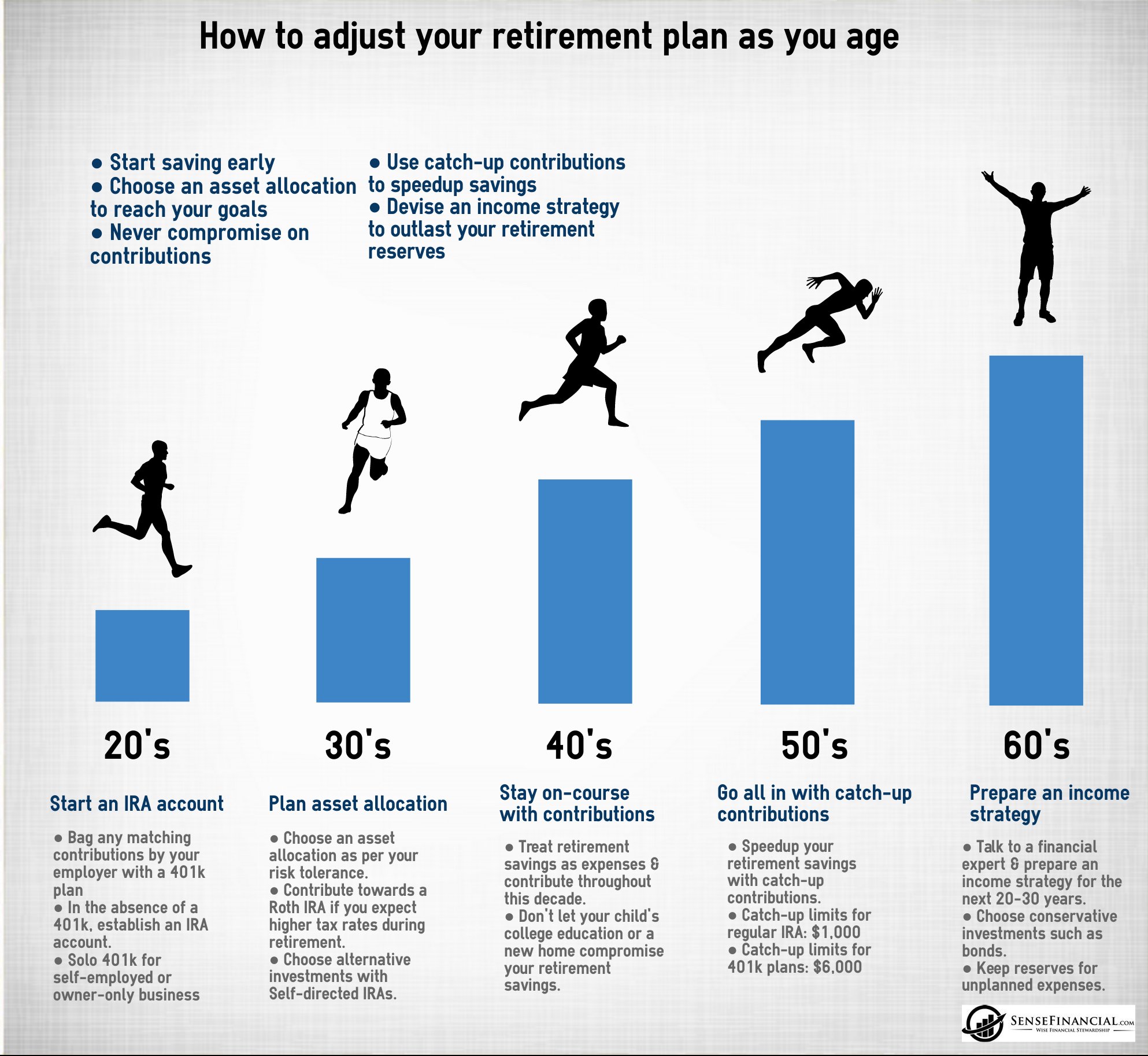Understanding the impact of interest rates on bonds is crucial for investors seeking to make informed financial decisions. In simple terms, the relationship between interest rates and bonds is inverse – when interest rates rise, bond prices tend to fall, and vice versa. This dynamic can have a significant impact on investment strategies and portfolio performance. By delving deeper into the intricacies of this relationship, we can gain valuable insights into the behavior of bond markets and ultimately enhance our ability to navigate the ever-changing landscape of finance. So, let’s dive in and explore the fascinating world of interest rates and their influence on bonds.
Understanding the Impact of Interest Rates on Bonds
Interest rates play a crucial role in the world of investments, particularly when it comes to bonds. As an investor, it’s essential to understand how changes in interest rates can affect the value of bonds and the returns you can expect. In this article, we will explore the intricacies of this relationship and delve into the key factors that influence bond prices in response to interest rate fluctuations.
The Relationship Between Bond Prices and Interest Rates
To comprehend the impact of interest rates on bonds, it’s important to grasp the inverse relationship they share. When interest rates rise, the value of existing bonds falls, and vice versa. This relationship is rooted in the concept of opportunity cost. When interest rates increase, new bonds are issued with higher coupon rates, making them more attractive to investors. As a result, existing bonds with lower coupon rates become less desirable, leading to a decrease in their market value.
On the other hand, when interest rates decline, newly issued bonds offer lower coupon rates, making existing bonds with higher coupon rates more appealing. Consequently, the demand for existing bonds increases, which drives up their market value.
Determinants of Bond Price Sensitivity to Interest Rate Changes
While all bonds experience some degree of price sensitivity to interest rate changes, certain factors can influence the extent of this sensitivity. Understanding these determinants can help investors make informed decisions and manage their bond portfolios effectively. Here are the key factors:
1. Time to Maturity
The time remaining until a bond’s maturity significantly impacts its price sensitivity to interest rate fluctuations. Generally, the longer the time to maturity, the more sensitive the bond’s price will be to changes in interest rates. This is because longer-term bonds are exposed to interest rate risk for a more extended period, allowing more time for interest rate changes to impact their value.
2. Coupon Rate
The coupon rate, or the fixed interest payment a bondholder receives annually, also affects price sensitivity. Bonds with lower coupon rates are more sensitive to interest rate changes than those with higher coupon rates. This is because a higher coupon payment provides a higher cash flow, which somewhat cushions the potential impact of interest rate fluctuations.
3. Yield to Maturity (YTM)
The yield to maturity represents the total return an investor can expect by holding a bond until its maturity date. It takes into account the bond’s current market price, its coupon rate, and the time remaining until maturity. Bonds with lower YTM will experience more significant price changes in response to interest rate movements compared to bonds with higher YTM.
4. Credit Quality
The credit quality of a bond issuer, as assessed by credit rating agencies, can also influence price sensitivity. Higher-rated bonds, such as those with AAA ratings, are generally less sensitive to interest rate changes compared to lower-rated bonds. This is because higher-rated bonds are considered more secure and less risky, making them more attractive to investors even in the face of rising interest rates.
5. Call Provisions
Some bonds come with call provisions that allow the issuer to redeem the bonds before their maturity date. Callable bonds tend to have lower price sensitivity to interest rates as the issuer can call them and issue new bonds at lower interest rates if rates fall. This feature protects issuers from being locked into higher coupon rates if interest rates decline.
The Effect of Interest Rate Changes on Bond Yields
Understanding the relationship between interest rates and bond yields is essential when evaluating the impact of interest rate fluctuations on bond investments. Bond yields, such as current yield, yield to maturity (YTM), and yield to call (YTC), reflect the return an investor can expect from a bond. Here’s how interest rate changes affect bond yields:
Rise in Interest Rates
When interest rates increase, bond yields rise as new bonds are issued with higher coupon rates. As a result, the yield on existing bonds becomes less attractive in comparison, leading to a decrease in their market value. Conversely, bonds purchased at lower prices due to rising interest rates offer higher yields, which can be advantageous for investors holding these bonds until maturity.
Decline in Interest Rates
Conversely, when interest rates decline, bond yields decrease as newly issued bonds offer lower coupon rates. This makes existing bonds with higher coupon rates more desirable, driving up their market value. Investors holding these bonds can benefit from capital appreciation as the bonds increase in value.
Strategies for Managing Interest Rate Risk in Bond Portfolios
Given the impact of interest rates on bond prices and yields, it’s crucial for investors to employ strategies that mitigate interest rate risk. Here are some strategies to consider:
1. Diversification
Diversifying your bond portfolio by investing in bonds with different maturities, coupon rates, and credit qualities can help reduce interest rate risk. By spreading your investments across various bonds, you can potentially offset losses in one segment of the market with gains in another.
2. Laddering
Bond laddering involves investing in bonds with staggered maturities. This strategy spreads the risk of interest rate changes and allows investors to take advantage of higher yields offered by longer-term bonds while maintaining liquidity as shorter-term bonds mature.
3. Active Monitoring
Regularly monitoring both interest rate movements and changes in the bond market is essential for investors seeking to manage interest rate risk. By staying informed, investors can make timely adjustments to their portfolios, such as selling bonds that are most vulnerable to interest rate hikes or reinvesting in bonds offering higher yields in a declining rate environment.
4. Consider Bond Funds
Investing in bond funds can be an alternative to individual bond investments, particularly for those seeking professional management and diversification. Bond funds pool investors’ money to buy a portfolio of bonds, providing exposure to a range of issuers and maturities. However, it’s important to research and select bond funds carefully, considering factors such as expense ratios, fund managers’ track records, and the fund’s investment objectives.
Understanding the impact of interest rates on bonds is crucial for investors looking to make informed investment decisions. By recognizing the inverse relationship between interest rates and bond prices, considering key determinants of price sensitivity, and evaluating the effect of interest rate changes on bond yields, investors can better navigate the bond market and manage interest rate risk. Incorporating strategies such as diversification, laddering, active monitoring, and bond fund investments can further enhance portfolio management and help investors achieve their financial goals.
Macro Minute — Bond Prices and Interest Rates
Frequently Asked Questions
Frequently Asked Questions (FAQs)
How do interest rates affect bond prices?
When interest rates rise, the prices of existing bonds decrease. This is because the higher interest rates make newly issued bonds more attractive to investors, causing the demand for existing bonds to decline. Conversely, when interest rates decline, bond prices tend to increase, as the fixed interest payments provided by existing bonds become more valuable compared to newly issued bonds with lower interest rates.
Why do bond prices and interest rates have an inverse relationship?
Bond prices and interest rates have an inverse relationship because the price of a bond represents the present value of its future cash flows, which include both periodic interest payments and the return of the principal amount at maturity. When interest rates rise, the present value of future cash flows decreases, leading to a decline in bond prices.
How does the maturity of a bond affect its sensitivity to interest rate changes?
Generally, the longer the maturity of a bond, the more sensitive its price will be to changes in interest rates. This is because longer-term bonds have a higher duration, which measures the sensitivity of a bond’s price to interest rate fluctuations. Bonds with longer maturities and higher durations are more affected by interest rate changes compared to shorter-term bonds.
What is the relationship between bond prices and yield?
Bond prices and yield have an inverse relationship. When bond prices increase, the yield decreases, and vice versa. This relationship is due to the fact that yield is the annual return an investor receives relative to the price paid for the bond. As bond prices rise, the yield decreases to align with the fixed coupon payments.
What is the impact of interest rate risk on bond investments?
Interest rate risk refers to the potential for fluctuations in interest rates to negatively impact the value of bond investments. When interest rates rise, bond prices decline, leading to potential capital losses for bondholders. Conversely, when interest rates fall, bond prices increase, potentially resulting in capital gains.
How do changes in interest rates affect the yield to maturity of a bond?
Changes in interest rates affect the yield to maturity of a bond. When interest rates rise, the yield to maturity of existing bonds becomes less attractive, causing their prices to decrease. Conversely, when interest rates decline, the yield to maturity of existing bonds becomes more appealing, leading to an increase in their prices.
What is the difference between coupon rate and yield to maturity?
The coupon rate represents the fixed annual interest payment as a percentage of the bond’s par value, while the yield to maturity (YTM) reflects the total return an investor can expect to earn by holding the bond until maturity. The YTM takes into account the purchase price, coupon payments, and the difference between the purchase price and the face value at maturity.
How can investors hedge against interest rate risk in bond investments?
Investors can mitigate interest rate risk by diversifying their bond investments, as different types of bonds respond differently to interest rate changes. Additionally, using a strategy called “laddering,” where bonds with staggered maturities are purchased, can help to spread out interest rate risk. Furthermore, actively monitoring and adjusting the portfolio in response to changing interest rate environments can assist in managing risk.
Final Thoughts
Understanding the impact of interest rates on bonds is crucial for investors. When interest rates rise, the value of existing bonds decreases, as new bonds with higher yields become more attractive. This can lead to capital losses for bondholders. Conversely, when interest rates decline, bond prices tend to rise, benefiting holders. Additionally, changes in interest rates affect the yield of bonds, influencing their attractiveness in comparison to other investment options. Monitoring interest rate trends and their potential impact on bond prices is essential for making informed investment decisions. Overall, comprehending the relationship between interest rates and bonds is key to optimizing investment strategies.



